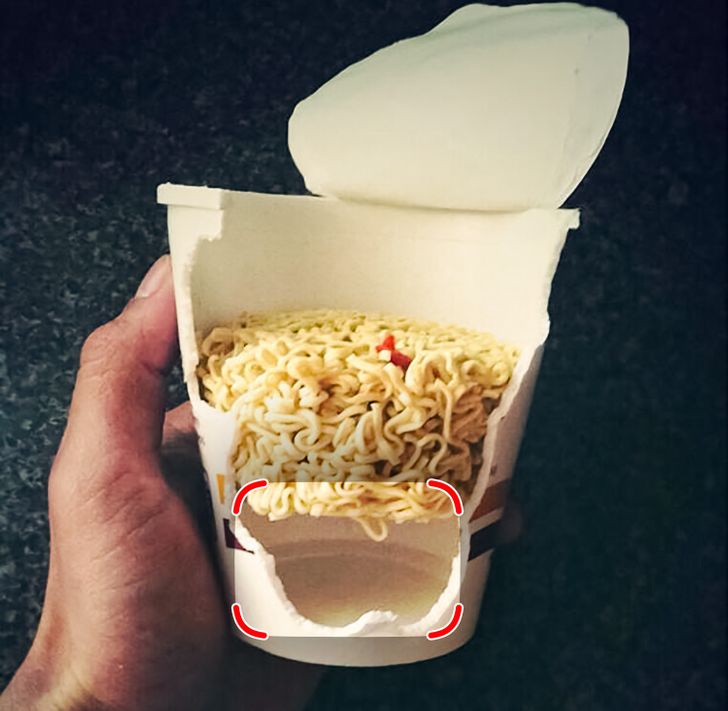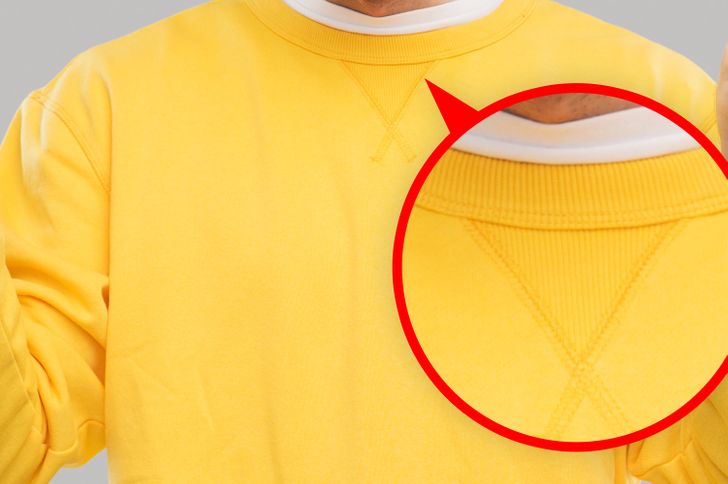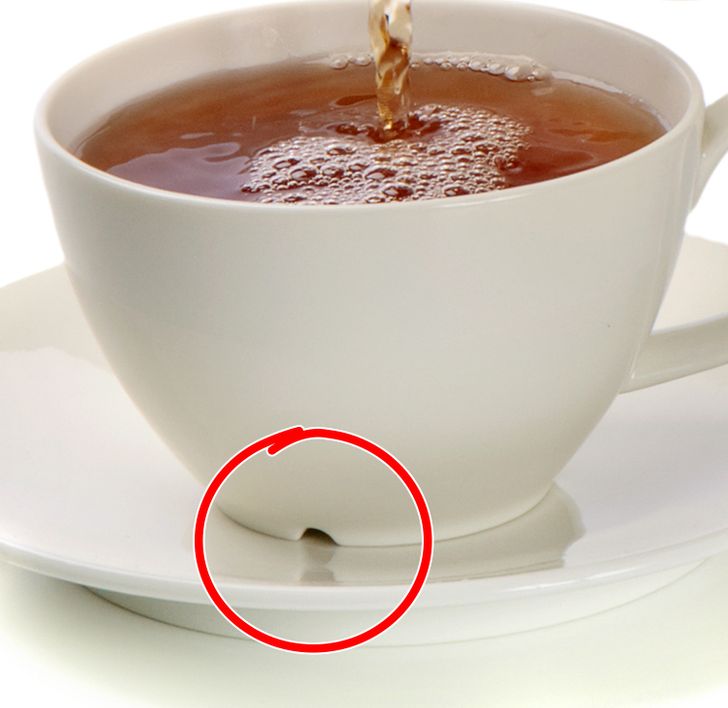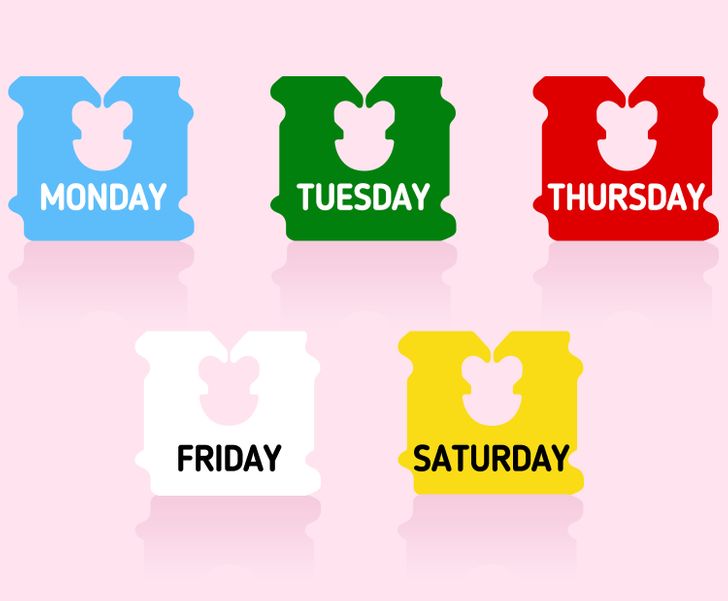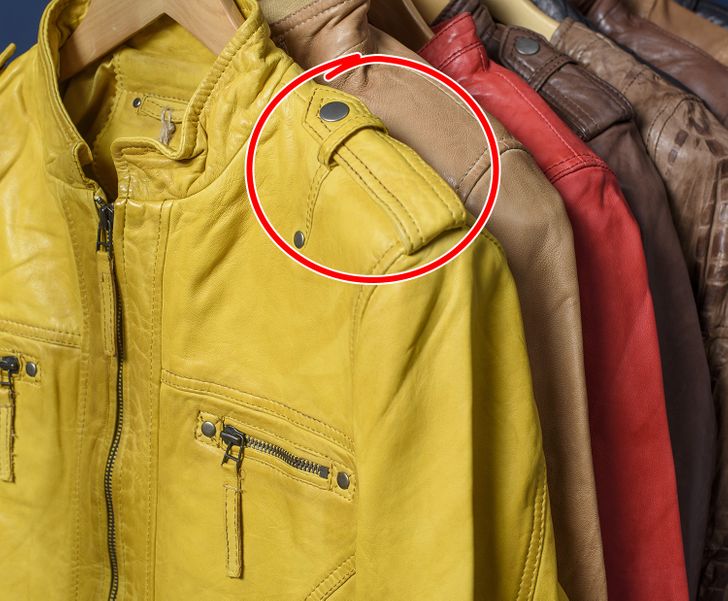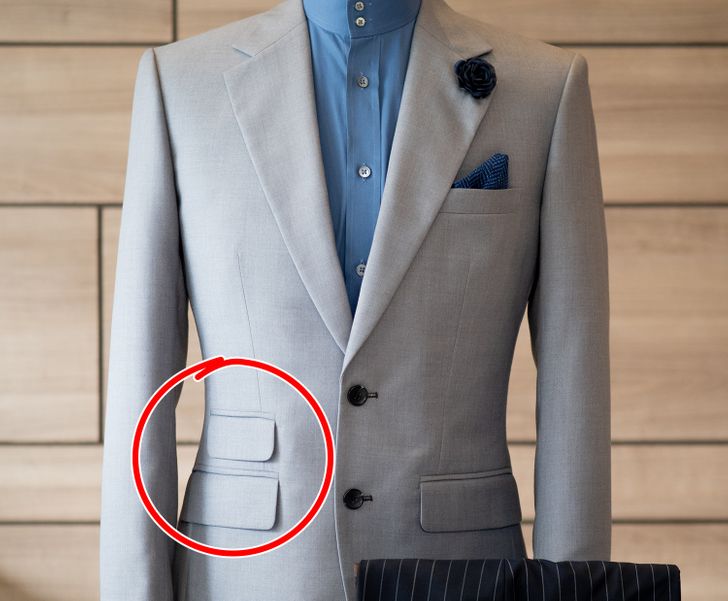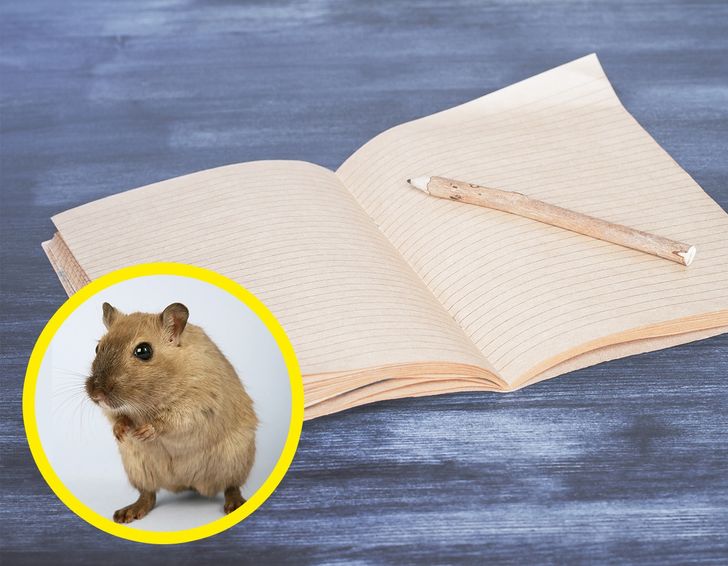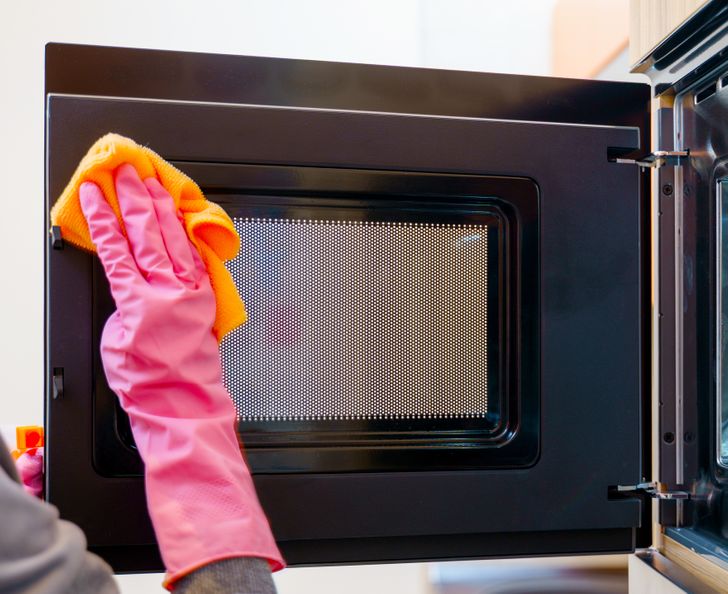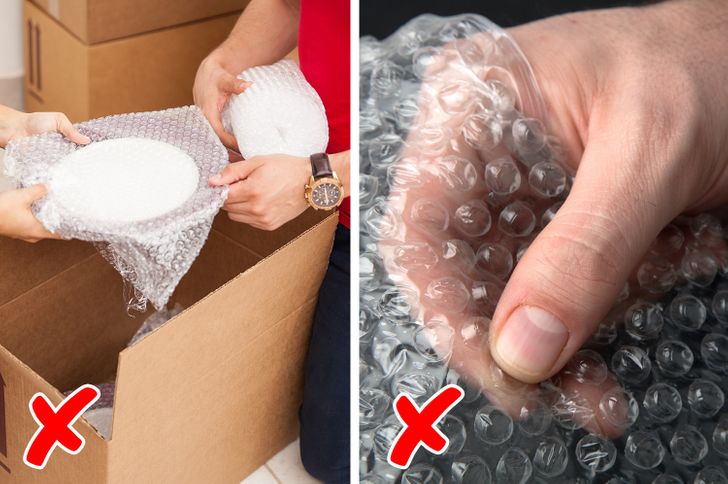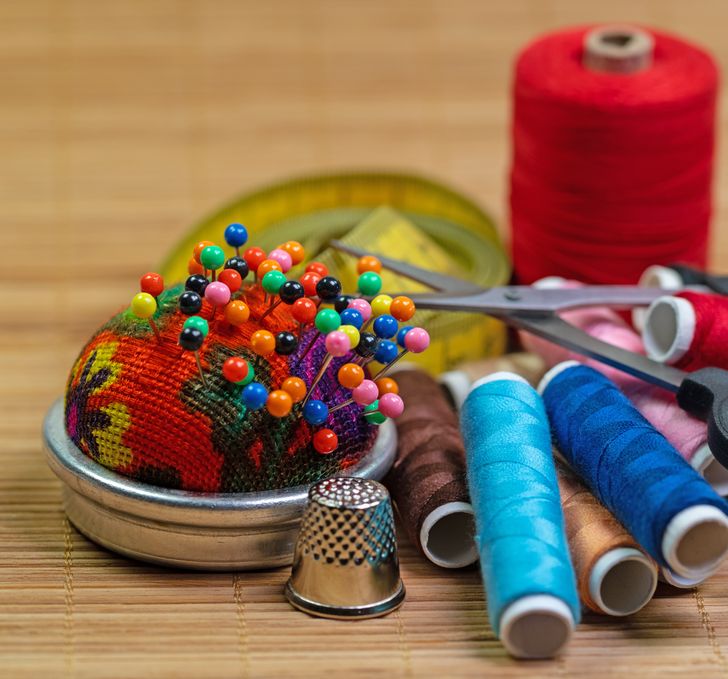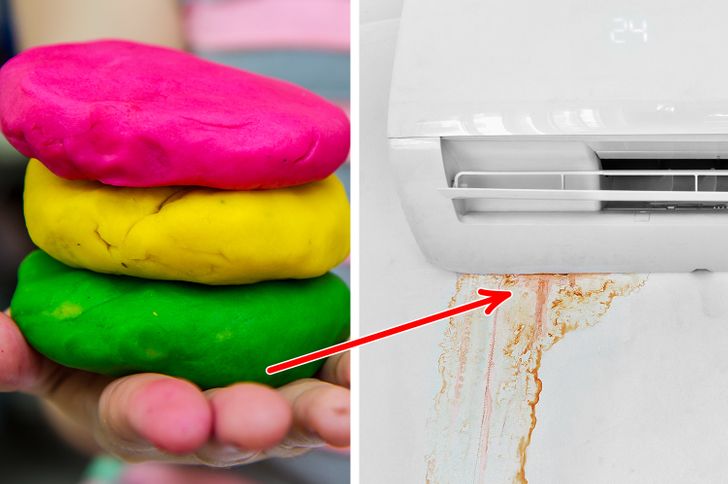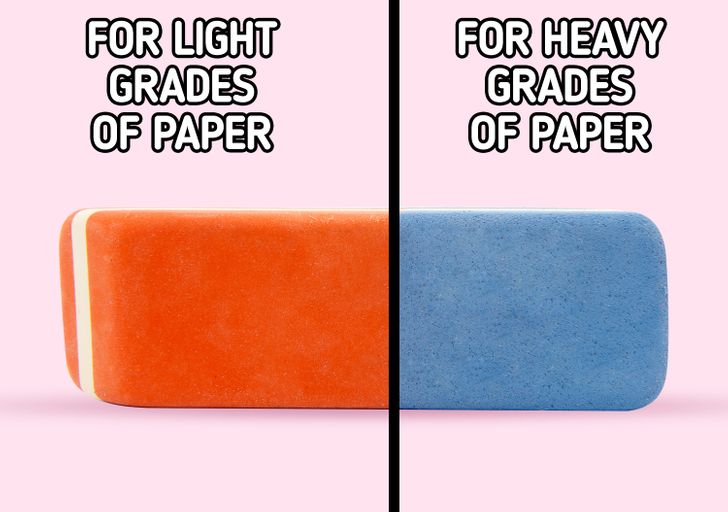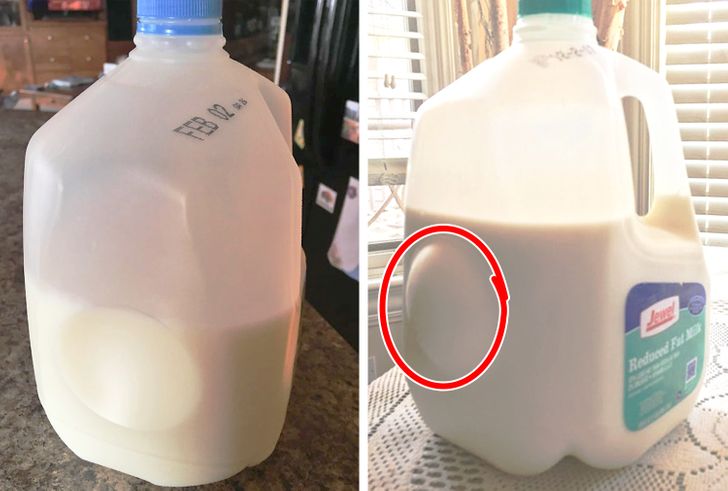That's interesting! Some of them I didn't knew
13 Everyday Items You Might Not Know Have An Actual Purpose
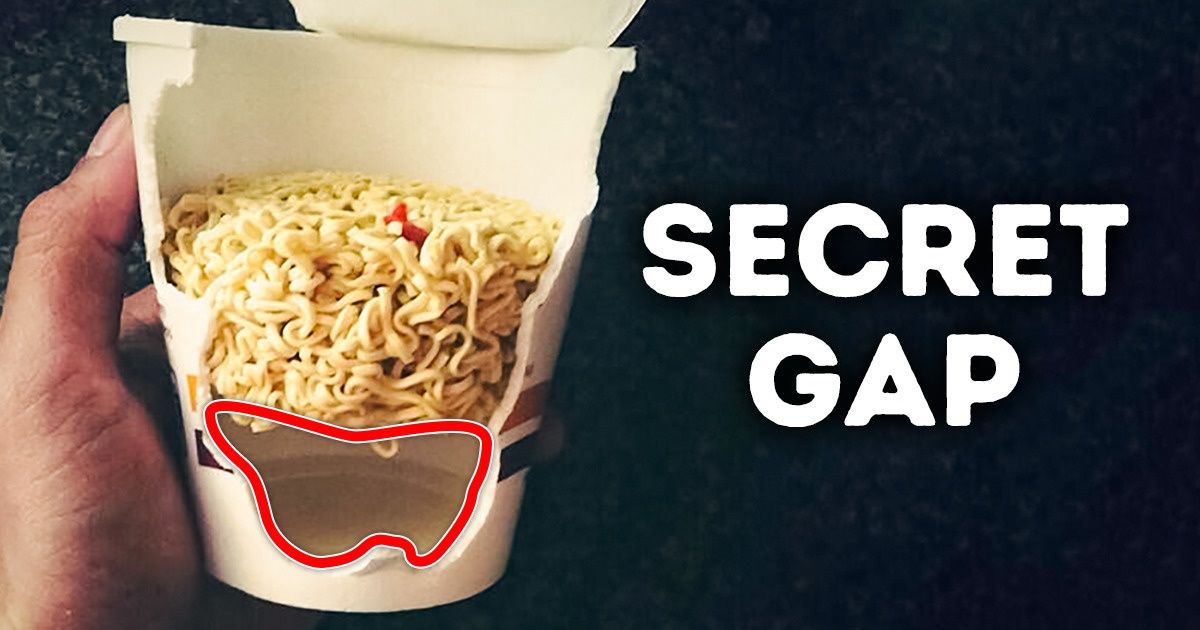
Some of you must be terribly bothered when you use the blue part of a classic blue/red eraser and your paper is ruined. That is annoying, to say the least, but there is a perfectly good reason for it. And the same goes for that small gap at the bottom of noodle cups. Stay put and you’ll find out their real purpose.
Bright Side wants to reveal some unknown information about 13 everyday items that we all know and use.
1. The empty space under noodles in a cup.
This is not a way for companies to rip you off and make you think you are getting more noodles than you actually are. This is in fact a way that manufacturers keep the noodles safe during transportation. No matter how often or how hard the cups fall, the noodles inside stay intact. Also, this way the hot water can circulate better when you pour it over your noodles.
2. That V shape on your comfy sweatshirt.
Initially, this V shape served 2 main purposes: first, it helped a sweatshirt maintain its shape throughout the years. It also helped the wearer fit their heads in the garment in case they needed to stretch it. Second, it absorbed the sweat that is mainly gathered around that area when a person is exercising. Currently, many companies have stopped using this small design, and those who still add it, use it mostly for decorative reasons.
3. The small chips on the bottom of some cups.
They might look like dents, but they do serve a very useful purpose. According to IKEA’s website, they are strategically placed there to help water drain easier after the wash. That’s because when you wash a cup and leave it upside down, there is always water concentrated on the bottom of the cup. So, with these small chips on the sides, water can exit easily and quickly.
4. Tags on bread packages are there for a reason.
Twist ties or tags come in 5 different colors representing 5 of the 7 days of the week. Blue is for Monday, green for Tuesday, red for Thursday, white for Friday, and yellow for Saturday. The reason Wednesday and Sunday are not included is that most shops don’t get deliveries on those 2 days. The different colors give the consumer a clear picture of how fresh the bread is so they know what to buy.
5. The straps on the shoulders of your leather jacket.
These straps aren’t just there for decoration, but for something way more practical. They were designed to hold and secure your bag so it wouldn’t fall and so nobody could grab it from your shoulder. It also stays in one place and you don’t need to adjust it all the time. Past generations of people actually used these straps daily, but as years went by people stopped taking advantage of them.
6. The 2 pockets on the right side of a dinner jacket.
This mysterious little pocket goes back to England when equestrians needed a quick place to store coins for toll points. Later on, the pocket was used for men to keep their train tickets when they would travel to work every day. By using the pocket, they could still keep their jacket buttoned up. Nowadays, this small addition is only used for decorative reasons and doesn’t serve any practical purposes.
7. The margins on your notebook serve a purpose.
Back in the day, writers would use every inch of paper to write on. However, they soon realized that rats would munch on the edges, eating away precious information. That’s why they came up with the idea to include margins that would keep the main body of writings safe, even if rats decided to snack on some paper. Obviously, nowadays these margins are often used by teachers to add notes to their students’ essays.
8. The microwave’s mesh door.
Microwaves can heat up food so fast because they concentrate all their heat on your food using radiation. The mesh screens that are inside their doors reflect the microwave’s energy and prevent it from passing through the window. It also offers visibility inside the microwave so you know when something is not going according to plan.
9. Bubble wrap was invented for a completely different reason.
Bubble wrap was first designed in 1957 by 2 engineers who wanted to create a unique, textured wallpaper. This first idea flopped, so they thought about using their product for greenhouse insulation. When the alternative failed too, they decided to promote bubble wrap as a packaging material. From 1971, when they made $5 million with no clear profit, they went on to make $3 billion in 2000, in annual sales.
10. Pincushions aren’t just for pin and needle storage.
One of the best materials to fill your pincushion with is steel wool, which is also very affordable. It not only keeps all your pins and needles in one place, but it also keeps them sharpened. It is also very rust-resistant and can keep your sewing equipment rust-free. However, you should be careful to not wet the pincushion, since the only thing that can grow rust on steel wool is water.
11. Play-Doh was originally used for cleaning purposes.
During the 1920s, people were looking for something that would help them clean the soot their coal-burning furnaces were leaving on their wallpaper. This is when Play-Doh was invented for that purpose. It was sold exclusively in an off-white color and people would roll in back and forth over the dirt on their wallpaper. It was in 1949 that the product was marketed toward kids since there was a new and easier-to-use product for cleaning wallpaper.
12. The blue part of an eraser was never meant for pens.
Most of us were taught that the blue end is used to erase pen, something that has proven to be inaccurate. In reality, the hard blue side is used on heavy grades of paper while the light orange one, on light grades of paper. This makes perfect sense if you think about how the blue part would ruin a regular piece of paper when used on it. The orange part can also be used to erase small mistakes in between words where there isn’t very much space.
13. The round indentation on some milk jugs.
Like all fresh food, milk goes bad after some time and after doing so it emits gases that can make the bottle flex. That’s where the circular indentation comes in handy since it absorbs the pressure from the gases. This is also useful if you need to freeze your milk, which will expand quite a bit while in the freezer. If it wasn’t for that small circle then your milk would explode in your fridge a few days after going bad.
Which one of the revelations above surprised you the most? If you know of any other secret uses for everyday items, we would love for you to share them with us.
Bright Side has its own podcasts now. Take cool articles with you and listen to new stories whenever and wherever you want.
Comments
Related Reads
I Refused to Babysit My DIL’s Sick Son—I’m Not His Real Grandma

I Thought I Was Helping My Stepdaughter’s Family, but Then I Overheard a Secret Plan

I Refuse to Let My Father’s Secret Love Child Steal My Inheritance

13 Stories Proving That Female Solidarity Turns Ordinary Women Into Legends

I Refuse to See My Stepfather Again After He Tried to Cancel My Mom’s Savings
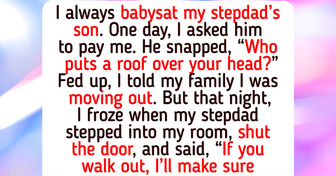
I Refuse to Pick Up My Ex’s Daughter, I’m Not an Emergency Driver

I Refuse to Obey My Pregnant DIL’s Demand to Turn a Merry Christmas Into a Vegan One

My DIL Excluded Me From Gender Reveal Party, Saying I’m "Not Family"—Big Mistake

My Husband Made Me Care for His Sick Mother, So I Served a Payback He Won’t Forget

I Refused to Pay $100 to Buy My Millionaire Boss a Christmas Gift—I’m Not His Personal ATM

My MIL Mocked Me at My Husband’s Birthday Party—I Gave Her a Brutal Reality Check

15+ Stories That Prove First Love Stays With Us Forever

